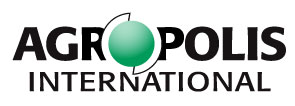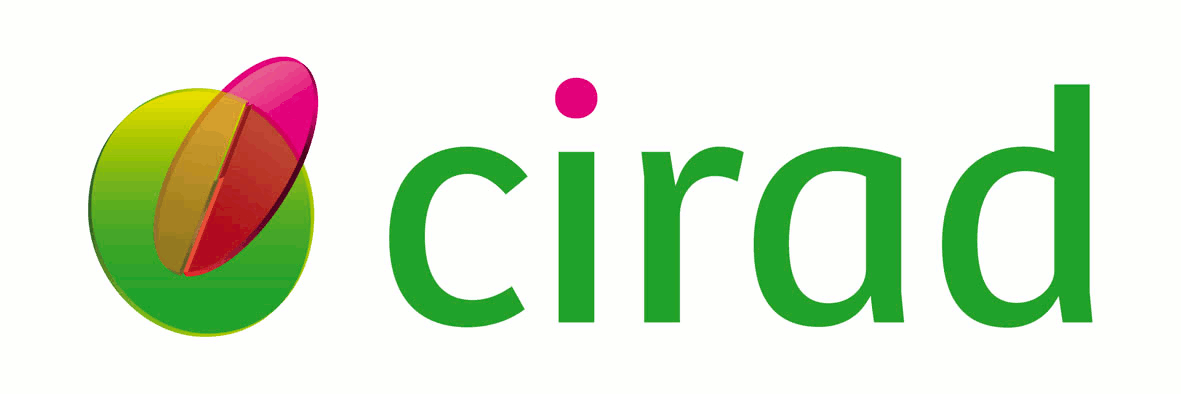Imaging of plant parts for robotic harvesting or phenotyping
Summary
Distinguishing plant parts (leaves, stem, fruit, petiole) is useful to obtain a map of the working environment of a robot, or to obtain traits. This talk provides an overview of the imaging methods used to distinguish plant parts as part of the development of a harvesting robot for sweet-pepper within the EU funded ‘Clever Robots for crOPS (CROPS)’ project (www.crops-robots.eu). A multi-spectral imaging set-up was developed that used a decision tree classifier to classify the plant parts under varying lighting conditions. To enhance the robustness of classification, a new performance measure was introduced that halved the standard deviation of classification performance among the images. In addition, a dedicated stereo-vision camera system was developed to localize the stem of the plant. The system was able to localize 94% of the stems with 5% falsely localized stems. To localize the fruit of the plant, a time-of-flight imaging system was developed. Eventually, the different imaging systems were integrated into the robot and field tests were carried out in a commercial greenhouse in The Netherlands. The performance of the robot and the imaging methods was determined and, based on the outcome, challenges were defined for future developments. The imaging methods developed for robotic harvesting may serve as inspiration for phenotyping applications.
This is a joint work with Dr. J. Hemming (Wageningen UR Greenhouse Horticulture, Wageningen University and Research Centre) and Prof. Dr. E.J. van Henten (Farm Technology Group, Wageningen University and Research Centre)






